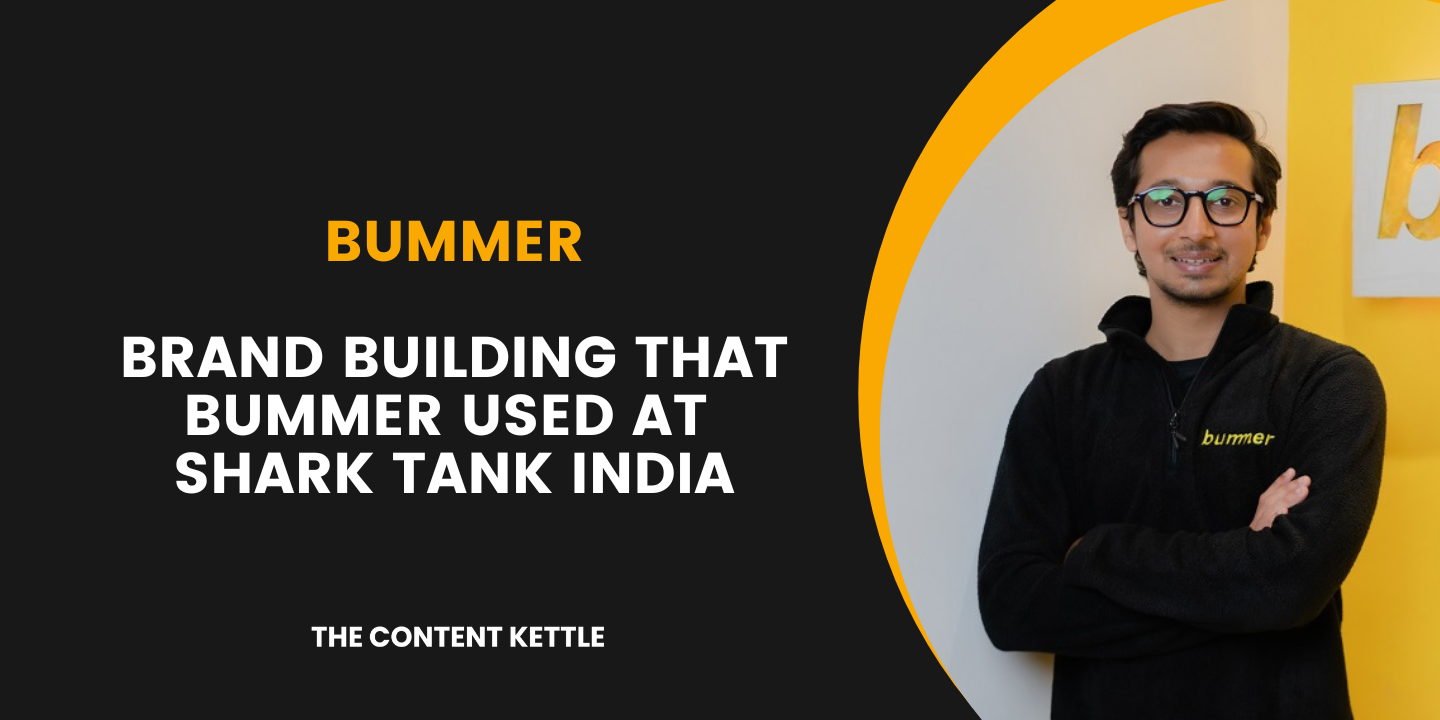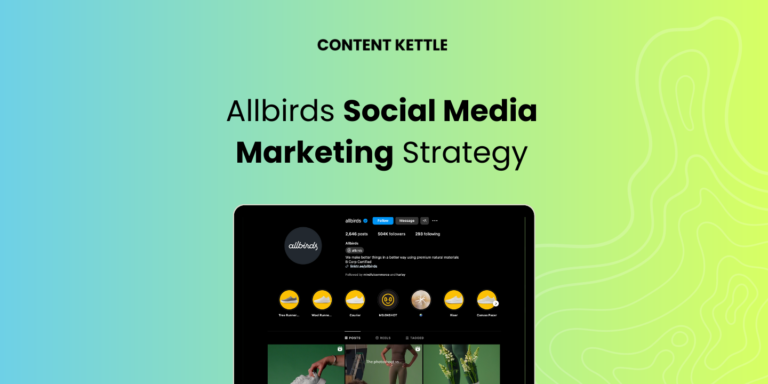Bummer, a homegrown undergarment brand, has raised INR 75 lakh on Shark Tank India’s latest season. Recently, the brand also bagged a total of $180,000 funding from the Singapore-based venture capital firm, BeeNext.
“We were impressed by the founder’s drive and vision to disrupt the millennial-focused innerwear market. I am confident that with their high-quality offerings, Bummer is set to change the norms and soon, rule the market.”
Aman Gupta – Founder, Boat Electronics and Judge, Shark Tank India panel
In this episode, Sulay Lavsi, the Founder of Bummer spills his learnings from having started an unconventional brand in the apparel industry and the strategies they used to build a solid foundation in the target market.
About Bummer
About 2 years ago, Bummer set out on a mission to change the way one feels about underwear. They wanted people to not take underwear too seriously. “It’s underwear after all!”
Bummer wanted to add some fun elements to our day-to-day. The brand is doing it all with bold colors and fun prints on its underwear collection and is winning hearts by using humor at the core of its branding and marketing efforts.
The founder, Sulay, completed his Master’s in Entrepreneurship from the University of Southern California. He says he has always been ultra fascinated with the fashion and apparel space. His family has been in this space for over 5 decades! Doing something in this industry was a core passion of his and hence he started Bummer.
The importance of communication to market an unconventional brand in the apparel industry
Bummer wanted to add fun to a ‘white’ industry
“We wanted to take your basic black, blue, and white undies and make them quirkier”, says Sulay.
He claims that all of us might choose to wear different kinds of clothes – from streetwear to ethnic wear- but underwear, even though worn day and night, had very little variations in its design.
There wasn’t much being done in this market. And so, in stepped Bummer.
Market surveys can make or break your brand
It took about 14 months to build the brand from scratch.
Around 50% of that time was allocated to product research. The rest of the 50% was about figuring out branding, go-to-market, and constantly speaking to people.
“(We) spoke to friends and family”, he says.
Sulay continues, “(But) I cannot emphasize enough, if you’re starting something, how important it is to talk to random people, not (just) friends and family because they tend to give feedback you want to hear most times. But a third-party person will actually tell, Hey! I’m not comfortable with this. Maybe you should consider adding/deleting XYZ”.
For the first 6 months or so, this is the first conversation entrepreneurs need to ideally have with anyone they meet really. It can be something as simple as “Hey I’m starting so-and-so. Do you think this is something you would buy into? Also, do you think you would pay XYZ amount for it if we delivered so-and-so functionality?
Through Bummer’s research, they understood that India is experience-oriented rather than function-oriented. And so, they worked on properly marketing their vision.
It is necessary to pen down your vision and mission from time to time
Have a linear vision when you’re starting out. But at the same time, you need to be very aware that your vision and mission are going to constantly evolve as the brand scales. Sometimes this might even require you to pivot completely.
How you want your brand to move forward is in your hands. At any given time, try not to completely lose the vision you originally had.
“Validating our brand and our vision is something we are doing even today after we have started operations”, Sulay stresses. “Not having a clear vision (initially) was our mistake”, he continues.
“At Bummer, our vision is – we want to build millennial-focussed essential daily-wear products. (This means) we don’t (necessarily) intend on focussing on just underwear.”
Design has been at the core of everything Bummer does
You could build a generic product, yes. But it provides you with very little to actually stand out.
“This is why design has been at the core of everything we do. Because that is something that sticks. It is going to gather (the required) attention”, says Sulay.
Bummer’s designs are proprietary.
They primarily get their consumers hooked onto a certain design language. They use colors and prints that leave a long-lasting psychological impression. So even if someone saw their ad let’s say, 3 months ago, they’d think of this brand when they need to purchase underwear today.
“We are price competitive. We offer convenience – we deliver straight to your door.
So it’s a mixture of price, convenience, and design with great material, fit, and comfort value that you will not get anywhere”
Make the most of content marketing
“Build content that is relatable to your target audience on social media. At Bummer, we use humor and fun”, Sulay says.
View this post on Instagram
This is going to not just grab your audience’s attention, but will probably also get them invested for a long time to come. While they may not make a purchase immediately, your content has the power to eventually persuade them to do so. This is especially necessary while trying to market a rather unconventional product.
Also read: 8 Biggest Content Marketing Trends You’ll Be Seeing in 2022
Remember, feedback is a never-ending process
Ask your consumers what they think about your products. Ask them what they like about it and what they do not like.
Don’t just limit your surveys to the product. Ask about the overall experience of shopping from your store.
He stresses, “Consumer feedback is everything of what you do. 100%”.
Irrespective of the size of your customer base, it is very important to talk to them. Or at least, attempt to talk to them.
Listen more about Sulay’s take on competitors, seamless customer support, his two cents worth to budding companies and so much more in this episode here.
Content Kettle is our E-Commerce Special podcast. Starting an eCommerce business may have gotten easier. But taking your products to buyers is getting tougher by the day. In the age of rising competition and a digital-first take on consumer-brand relationships, what eCommerce marketing strategies really work? In this podcast, we talk to brand owners, marketers, and eCommerce experts to help you reach ‘what works’, faster.


